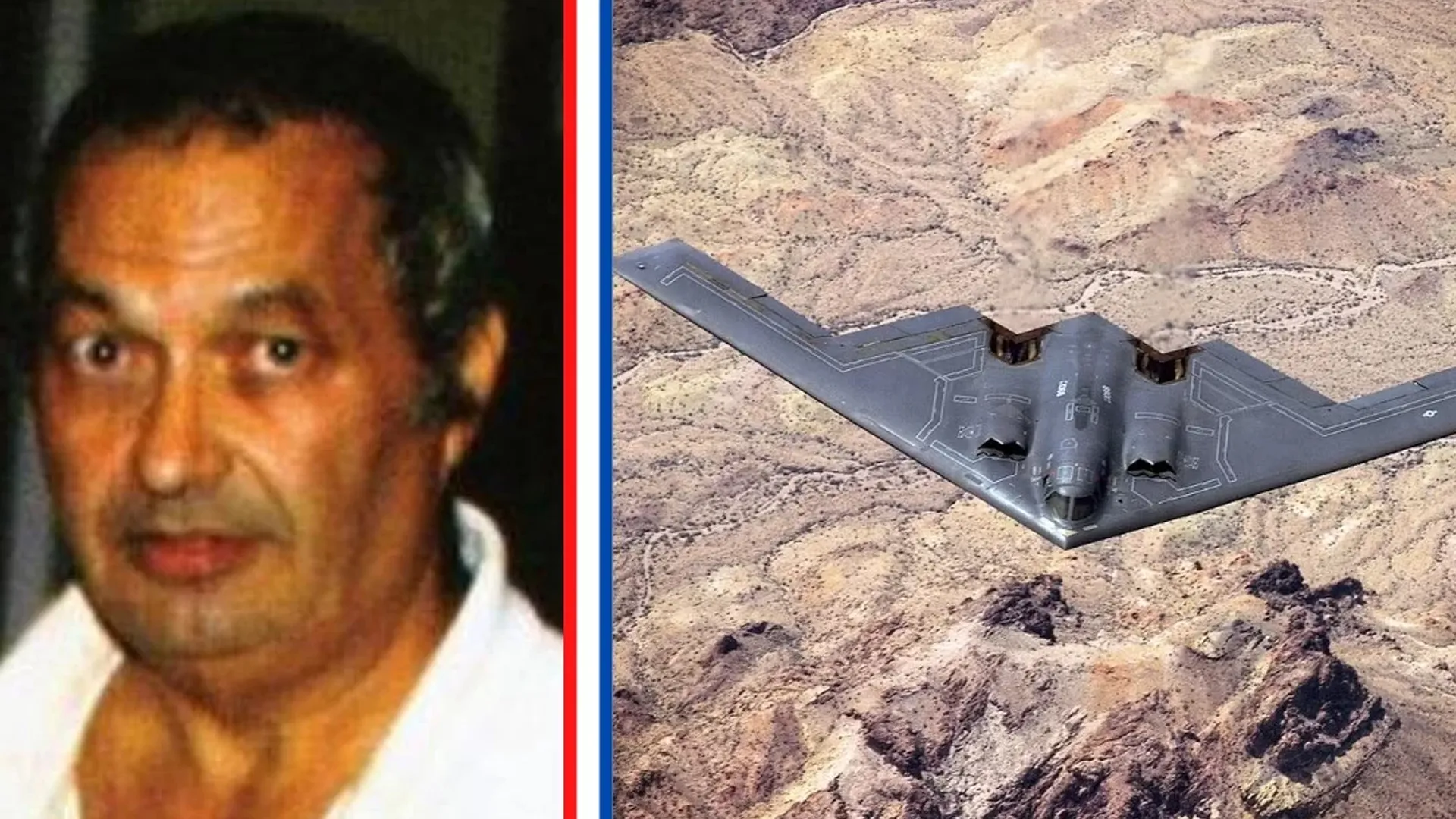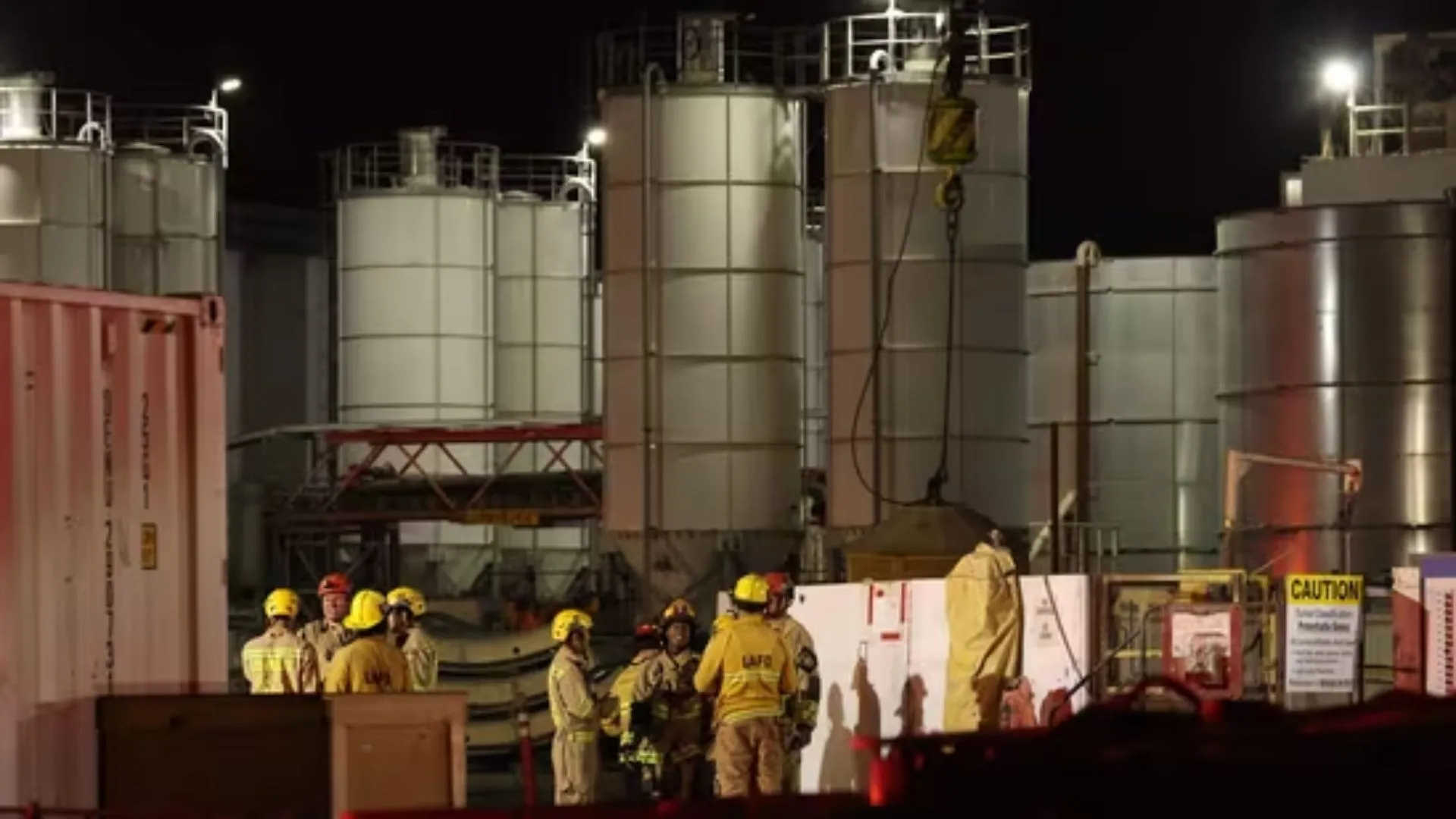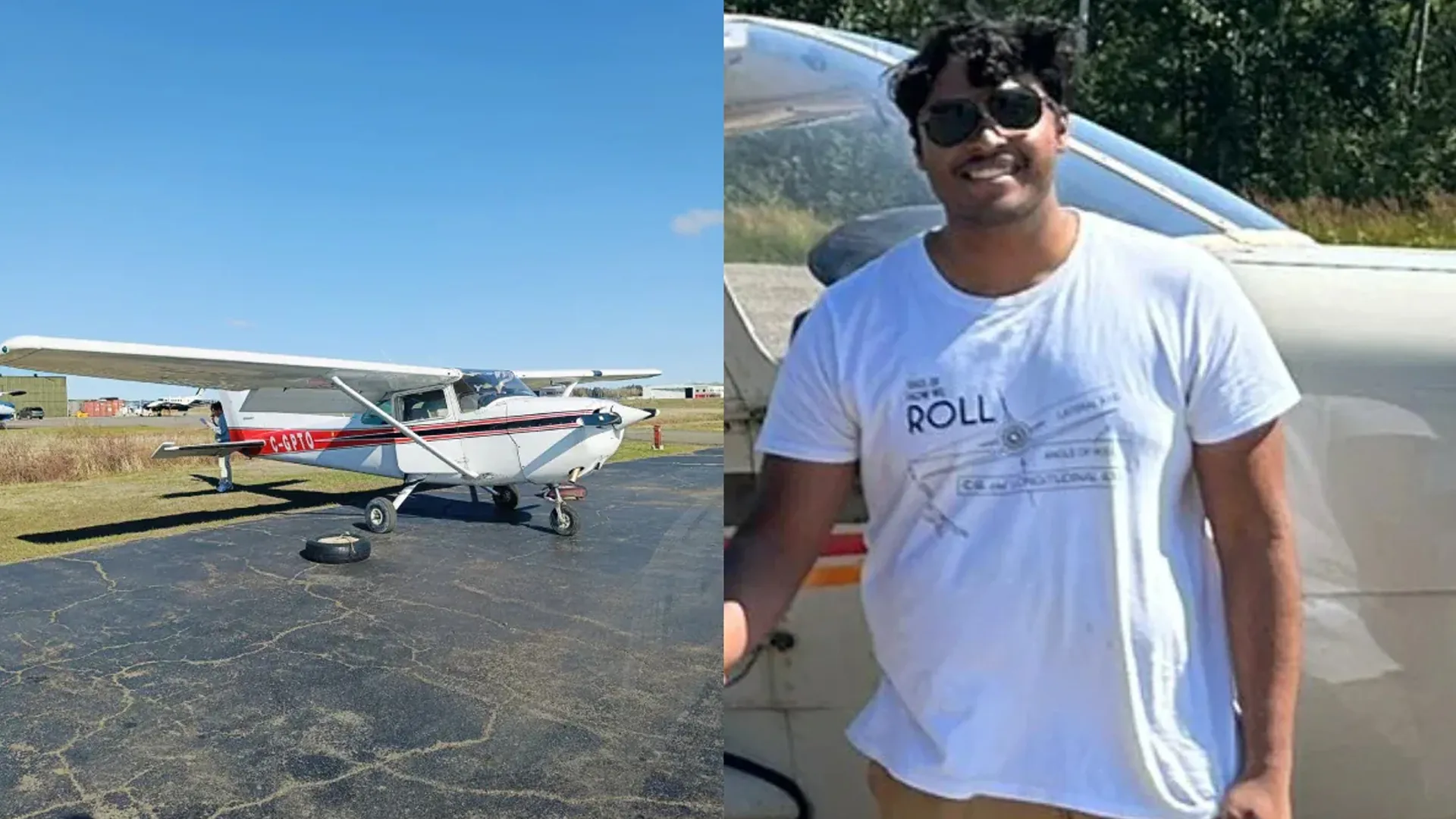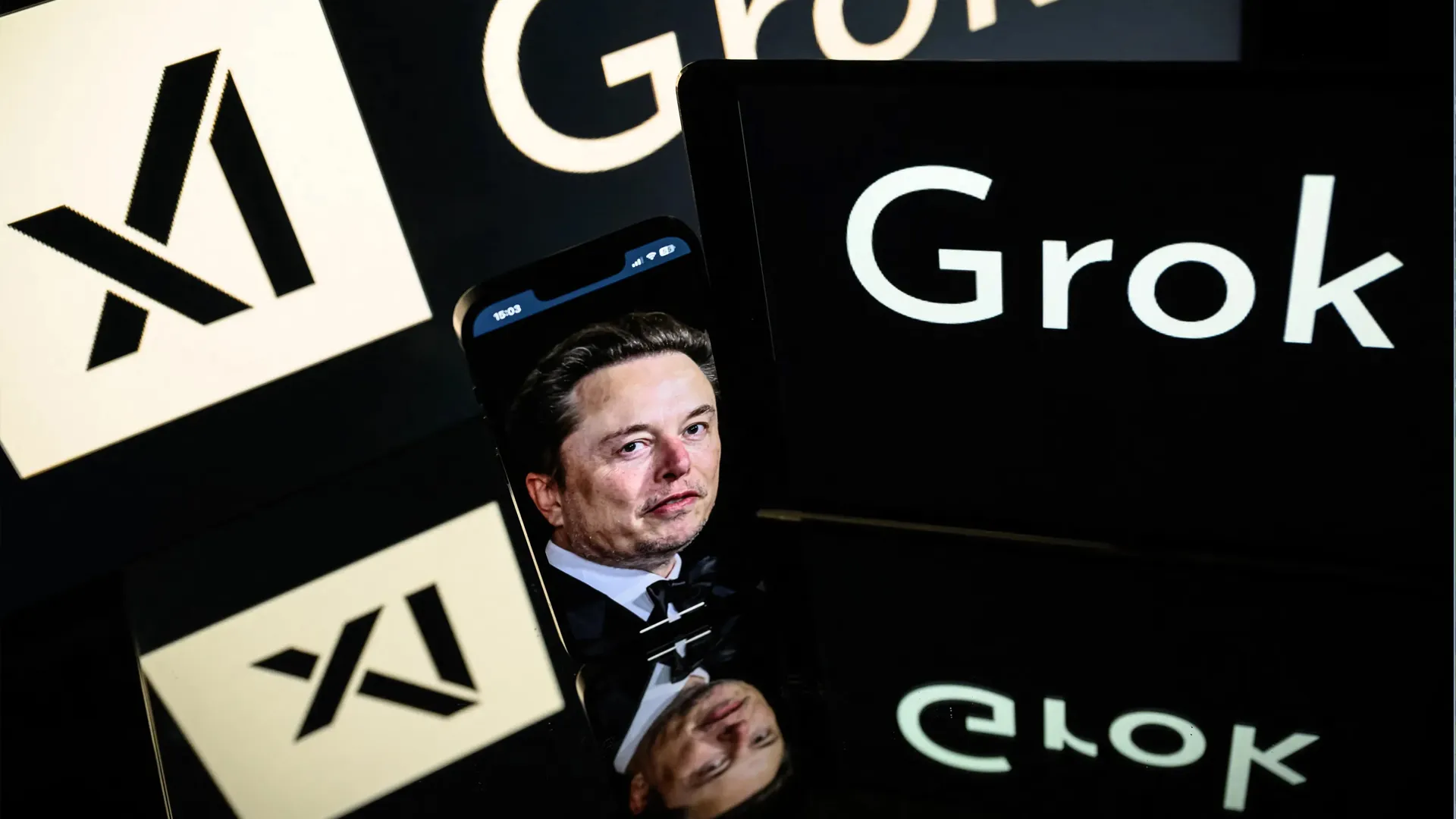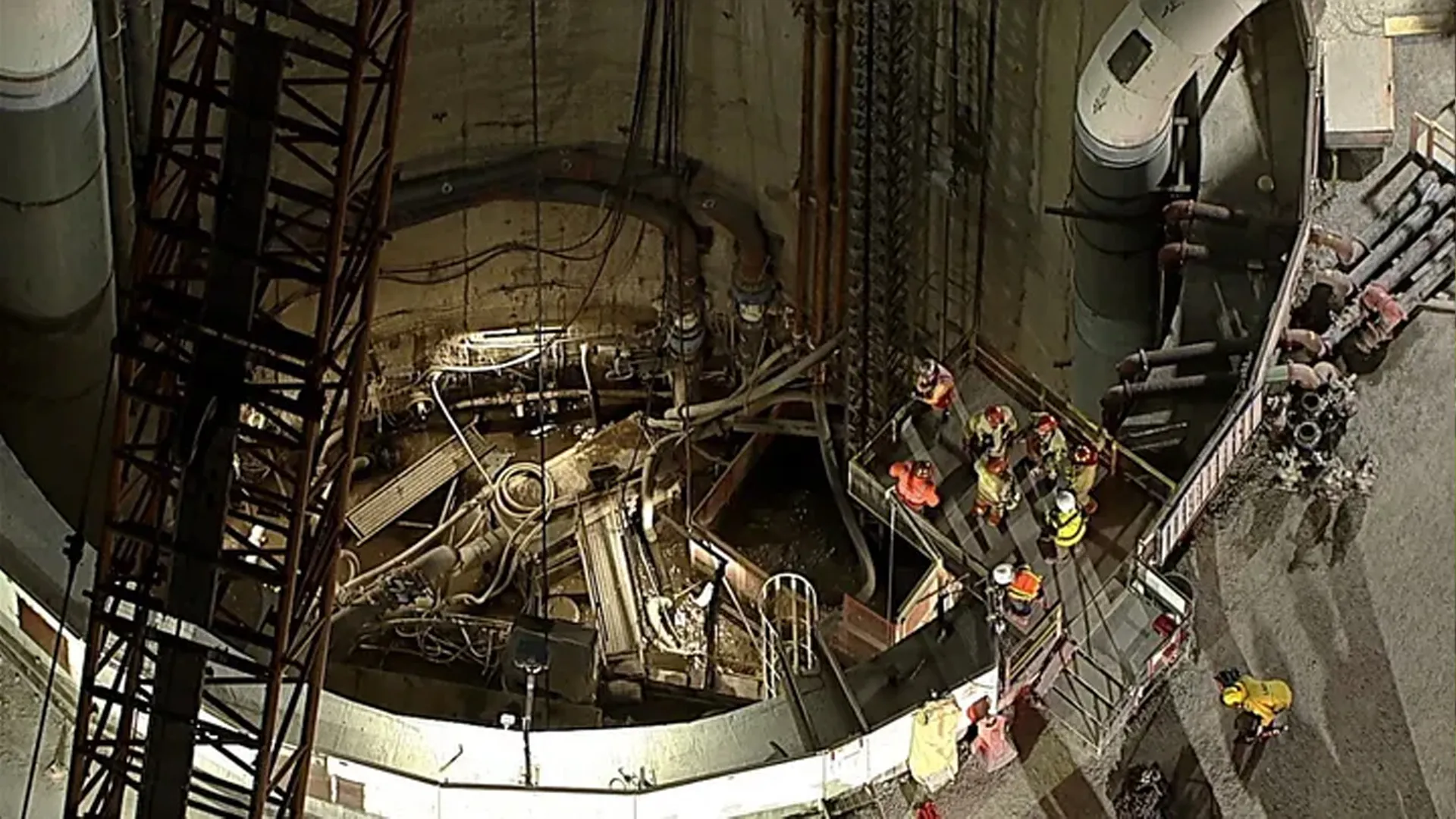On October 13, 2005, federal authorities raided a Mediterranean-style home in Maui, Hawaii, and arrested Noshir Gowadia, the individual responsible for assisting in the design of one of America’s most sophisticated military planes—the B-2 Spirit stealth bomber. The native of Mumbai, India, who was once an engineer for Northrop, was accused of selling sensitive defense information to China, the start of one of the most significant espionage cases in US history.
Who Was Noshir Gowadia?
Born on 11 April 1944 in Bombay (now Mumbai), Noshir Gowadia was brought up in a Parsi family and identified as a child prodigy. By his 15th year, he was said to have achieved the equivalent of a PhD. He travelled to the United States at the age of 19 to pursue a degree in aeronautical engineering and gained naturalised status in 1969.
Only a year after gaining American citizenship, Gowadia came on board with Northrop Corporation, now Northrop Grumman, at a pivotal time in the history of U.S. military aviation. Following catastrophic airplane losses in the Vietnam and Yom Kippur conflicts, the U.S. needed an airplane that would disappear from radar.
Creating the B-2 Spirit: A Stealth Legend
Operating under the code name Project Blueberry Milkshake, Gowadia was heavily involved in developing the B-2 Spirit bomber’s propulsion system. His most significant contribution came in designing the stealth exhaust system, a system that rendered the aircraft virtually invisible to radar and heat-seeking sensors.
“The entire geometry came from me,” he once said.
The flying-wing B-2 Spirit could evade radar, deliver 40,000 pounds of bombs, and travel 10,000 nautical miles on a single refuelling. But as his career reached its pinnacle, Gowadia became disillusioned.
From Pride to Paranoia: The Path to Espionage
Gowadia departed from Northrop in 1986 because of a rare blood disorder. He then established a defense consulting company in New Mexico, and he worked on sensitive projects until the Defense Advanced Research Projects Agency (DARPA) terminated his security clearance in 1997. A contentious contract fight left him financially strapped.
His troubles mounted when he purchased a $3.5 million Maui mansion with a huge mortgage. With $15,000 a month in payments and no clearance, Gowadia was in dire need of cash.
Selling Secrets to China
By the year 2003, Gowadia had made a secret pact with Chinese officials, adopting aliases such as “Catch a Monkey.” He traveled six times to places like Chengdu and Shenzhen, assisting China in creating a stealth cruise missile by crafting an exhaust nozzle that replicated the B-2’s distinctive stealth technology.
In exchange, China paid him a minimum of $110,000, which he used to pay his mortgage. When confronted, he said it was for an antique desk—but it wasn’t.
Evidence showed Gowadia helped test the nozzle in 2004, giving China sensitive technical information that significantly improved China’s military capabilities.
The Arrest and Trial
Officials started looking into Noshir Gowadia in 2004 when suspicious shipping records were brought forward. A container sent to him had restricted military parts. Surveillance increased, and by October 2005, 15 agents raided his house, taking 500 pounds of evidence—from thumb drives and blueprints to e-mails outlining his cooperation with foreign countries.
Under questioning, Gowadia admitted, “Looking back, what I did was bad to assist the PRC in creating a cruise missile. What I did was treason and espionage because I divulged military secrets to the PRC.”
His 2010 Honolulu trial took almost four months. His lawyers contended he had only provided declassified information, but U.S. District Judge Susan Oki Mollway wasn’t convinced.
He violated his oath of allegiance to the United States. Gowadia was convicted of selling valuable technology to other nations for profit,” the judge told the court.
A jury convicted him on 14 of 17 charges, and the court sentenced him to 32 years in a Colorado maximum-security prison.
Fallout and China’s B-2 Lookalike
Though Gowadia remains behind bars, his betrayal continues to echo. In May 2025, satellite images revealed a stealth drone at China’s Malan test base that looked eerily similar to the B-2 Spirit. Analysts tie it to China’s H-20 bomber program or a new high-altitude stealth drone.
Its tailless design and infrared-reducing exhaust suggest a direct link to the designs Gowadia shared two decades ago.
Legacy of the B-2 Bomber
The B-2 bomber, also known as the “Spirit,” is one of the most sophisticated warplanes ever constructed. Engineers designed it to intercept invisibly, fly above 50,000 feet, deliver nuclear or conventional bombs, and reflect a radar cross-section no bigger than a bird.
Its flying-wing shape, stealth exhaust nozzle, and internal weapons bay are the sort of things that would make an engineer swoon. Gowadia’s technical expertise was beyond question—but so was his treason.
That. That. Brilliance. That. Was again. Displayed in June 2025, when seven B-2. Bombers conducted Operation Midnight Hammer, flying without. Stopping to. Bomb Iran. Nuclear facilities at Fordow, Natanz, and Isfahan. The operation demonstrated the stealth and precision that had once been helped bring to life. By Gowadia—and subsequently corrupted.

